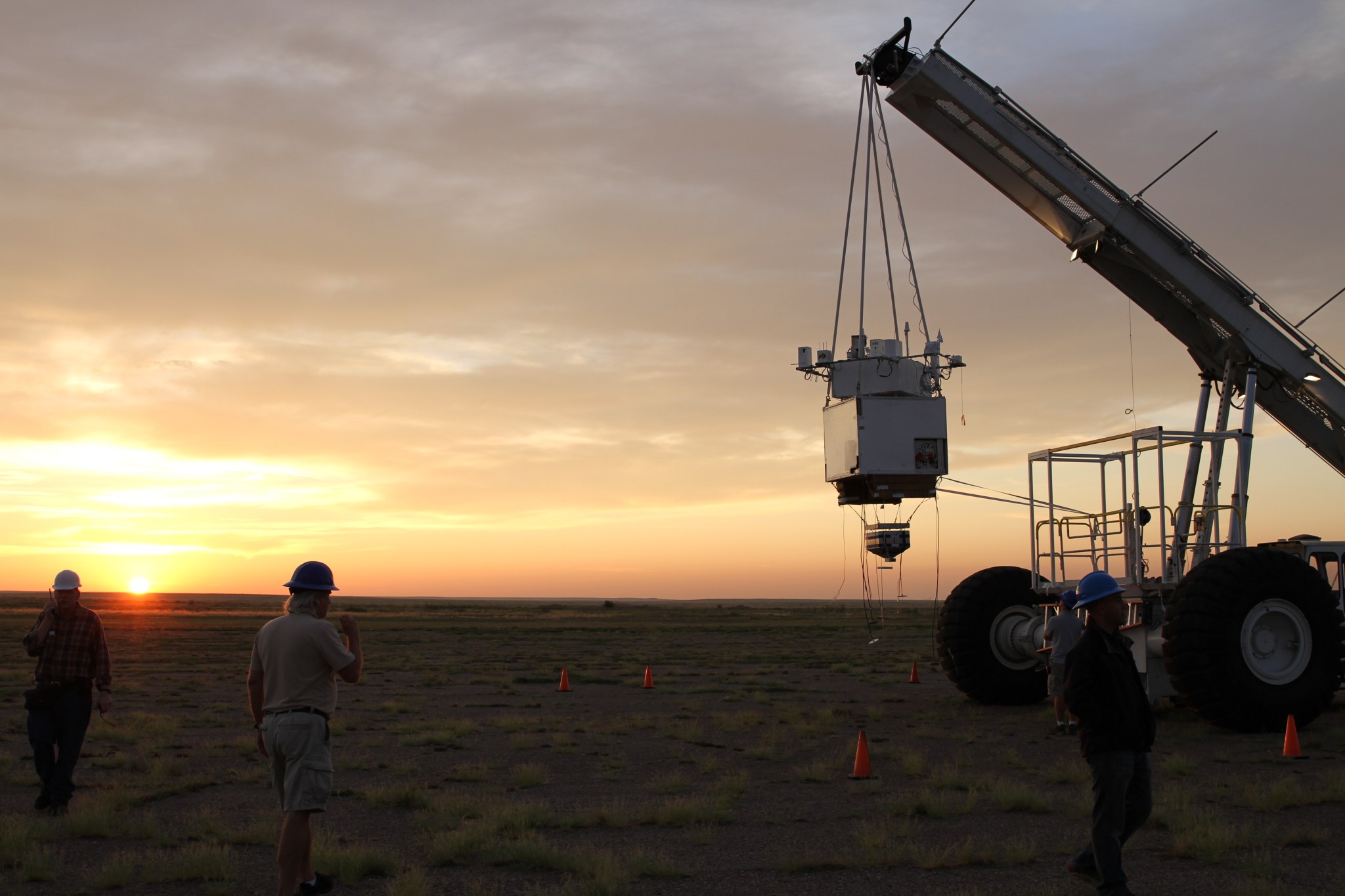NASA’s Balloon Program Office in partnership with the Louisiana Space Grant Consortium launched the High-Altitude Student Platform (HASP) payload at 7:47 a.m. MDT Monday, Sept. 7, from Fort Sumner, N.M.
HASP, which is carrying 12 student experiments built by college students from across the nation, is expected to fly to an operational altitude of 120,000 feet during its mission, which will last 10 to 20 hours.
“It’s incredibly rewarding to support the students flying these experiments, many of whom are getting their first real taste of hands-on engineering and science,” said Debbie Fairbrother, NASA’s Balloon Program Office chief. “Programs like HASP are key to educating, training, and inspiring the next generation.”
This launch is the 10th HASP mission since the program’s inception in 2005. Since then, more than 830 students from 34 academic institutions from across 19 states and Puerto Rico have developed HASP experiments for flight on a NASA balloon.
Participating institutions for the 2015 HASP flight are: Embry-Riddle Aeronautical University, Arizona; University of Minnesota; University of Calgary, Canada; Illinois Institute of Technology; University of Colorado; University of North Dakota; University of North Florida; Gannon University, Pennsylvania; University of North Carolina-Chapel Hill; and Louisiana State University.
Today’s launch is the second of four NASA has planned during the Fort Sumner campaign. The agency’s next balloon launch is scheduled Friday, Sept. 11, carrying Langley Research Center’s Radiation Dosimetry Experiment (RaD-X) along with 100 small student experiments flying as part of the Cubes in Space program. In addition, a balloon test flight is planned for Sept. 17 and will carry five mission of opportunity payloads.
NASA’s scientific balloons offer low-cost, near-space access for scientific payloads weighing up to 8,000 pounds for conducting scientific investigations in fields such as astrophysics, heliophysics and atmospheric research.
Standard NASA balloons are very large structures, some as large as football stadiums when fully inflated, comprised of 10 to 50 acres or more of film that can carry payloads to altitudes above 130,000 feet. Balloon film resembles sandwich bags, but is stronger and more durable.
NASA’s Wallops Flight Facility in Virginia manages the agency’s scientific balloon program with 10 to 15 flights each year from launch sites worldwide.
The Louisiana Space Grant Consortium is part of the National Space Grant College and Fellowship Program, which supports hands-on, experiential projects for university-level students nationwide.
Orbital ATK provides program management, mission planning, engineering services and field operations for NASA’s scientific balloon program. The program is executed from the Columbia Scientific Balloon Facility in Palestine, Texas. The Columbia team has launched more than 1,700 scientific balloons in over 35 years of operation.
Anyone may track the progress of the Fort Sumner flights, which includes a map showing the balloon’s real-time location, at:
http://towerfts.csbf.nasa.gov/
For more information on the balloon program, see: https://www.nasa.gov/scientificballoons
































